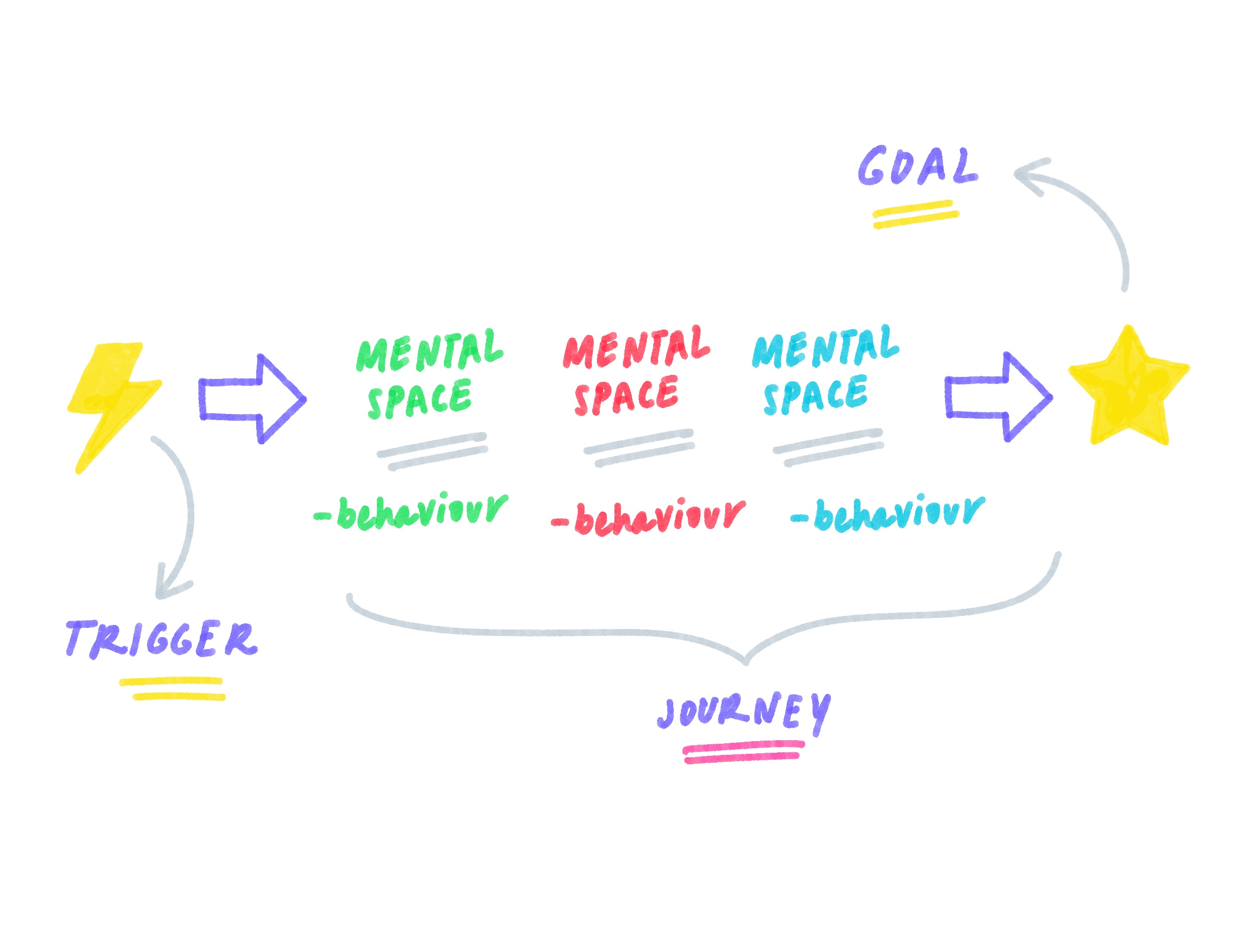Human psychology plays a key role in shaping user experiences (UX) in the digital space. UX designers aim to understand human behaviour and align with pre-existing mental models to deliver experiences that feel intuitive. By understanding and applying certain fundamental laws of UX design, we can navigate common pitfalls and create digital experiences that are intuitive, efficient, and delightful. Let's delve into five essential laws that can elevate UX design
Jacobs Law
Jacobs Law emphasises the importance of familiarity within digital products. Users often approach a product or website with preconceived expectations based on their prior experiences with similar interfaces. By adhering to established design patterns and conventions, such as intuitive navigation menus or familiar filtering systems, designers can reduce the cognitive load on users. Reinventing the wheel may lead to usability issues and negatively impact users' perceptions of a brand. In today's competitive landscape companies can not afford to get it wrong - PWC found that 32% of customers leave a brand they loved after just one bad experience.
Hicks Law
Hicks Law warns against overwhelming users with excessive information and complexity. The time it takes for users to make decisions increases with the number and complexity of choices presented to them. A well-informed UX design, rooted in thorough user research, focuses on identifying the core value proposition of a product and streamlining the interface accordingly. By presenting users with clear, relevant information and minimising unnecessary choices, designers can facilitate quick decision-making and reduce friction in the user journey. Simplifying navigation, breaking down complex tasks, and highlighting actionable points guides users to achieve their goals efficiently.
Millers Law
Millers Law describes the limitations of human short-term memory, suggesting that people can process 7 objects at once minus or plus 2. Understanding these constraints helps designers to organise content to avoid overwhelming the user. UX designers can employ techniques such as chunking, which involves organising content into smaller manageable chunks. Chucking allows users to process a small amount of information at once, whether in a menu item or on a home page. By structuring content in a digestible way and eliminating distractions, designers can enhance user understanding, reduce frustration which aids in a higher retention rate.
Law of Common Region
People tend to think and behave in patterns, which is evident in how we search for common signs while driving or creating daily routines, which consists of recurring patterns. There is no difference when users engage with digital experiences. A Gestalt principle - The Law of Common Region draws attention to how people perceive elements close together as a single group or value. By applying this principle of proximity, designers can organise an interface into coherent groups. This supports users to quickly scan, understand actions within specific features and avoid confusion. A well-organised interface not only enhances usability but also positively influences brand perception. Conversely, a cluttered or disorganised interface can deter users and increase abandonment rates.

Aesthetic-Usability effect
Great user experience is built on solid functionality, but it's not the only factor. The Aesthetic-Usability Effect highlights that people perceive aesthetically pleasing designs as more usable. A well-crafted UI has the ability to evoke emotions, enhance user enjoyment, and significantly influence brand perception. This effect also reveals that users are more lenient towards minor usability issues when the interface is visually appealing, highlighting the impact of perception and branding. Investing in a meticulously designed UI can be a game changer! However, even a visually appealing interface won't prevent users from leaving due to larger usability issues. Striking the right balance ensures an intuitive, functional experience while delighting users with a visually appealing design.
In summary
To create digital experiences that resonate with users and drive business success, UX design laws and psychology can help us understand people, their expectations and behaviours. By embracing principles like familiarity, simplicity, and clarity, designers can mitigate common pitfalls and deliver interfaces that are intuitive, efficient, and visually appealing. Applying these principles can have a positive effect on your business by increasing usability, retention and customer satisfaction.
Interested in how we work? If you have a project in mind and would like expert support, don’t hesitate to reach out for a chat without any obligation! We're here to help.





